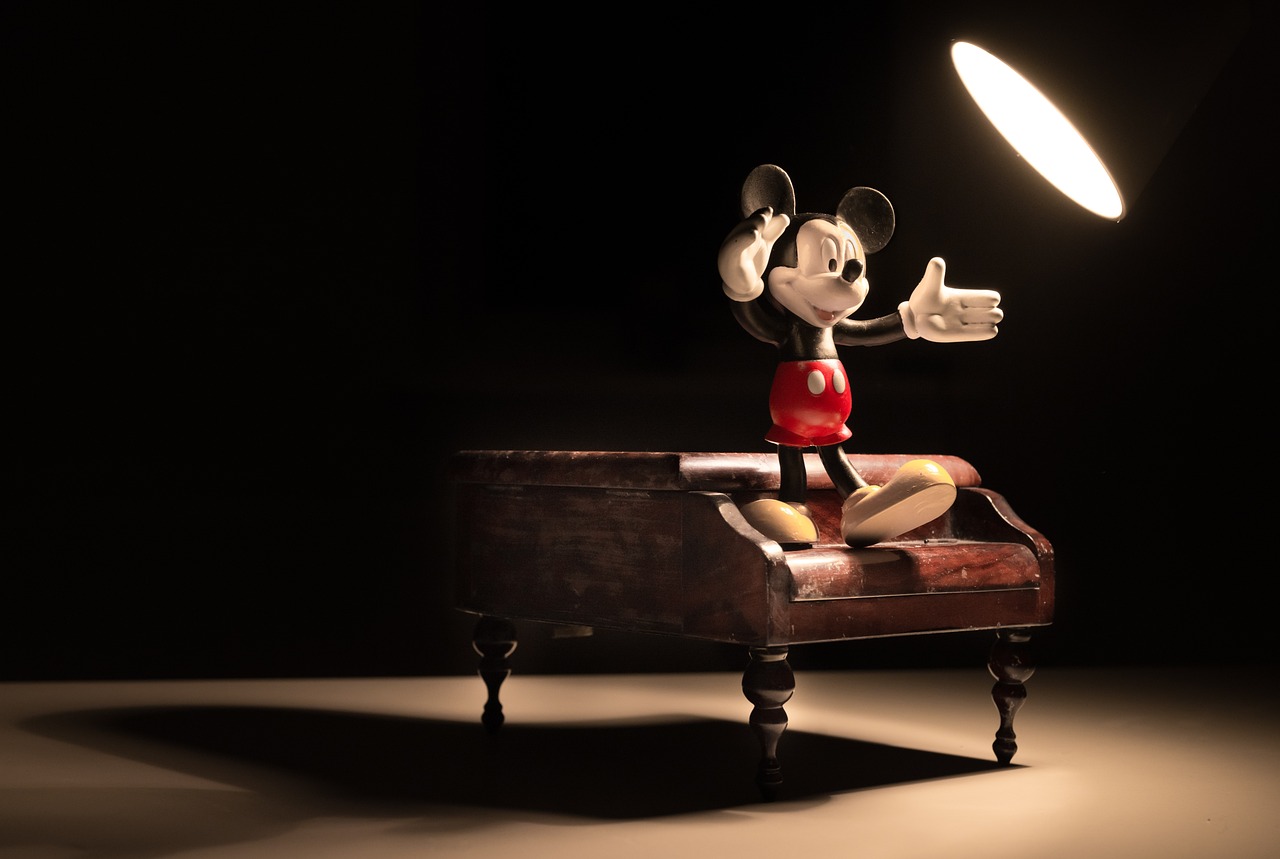Photography Lessons for Kids:
How to Read Shadows
One of the most important things to understand as a photographer is how to read shadows. Shadows can help create the mood of a photograph and can be used to great effect.
In this lesson, we will explore how to use soft light and hard light to create soft and hard shadows. We will also learn how to recognize when a shadow is helpful and when it is not. By the end of this lesson, students will understand how shadows can help create the mood of a photograph.
what are shadows?
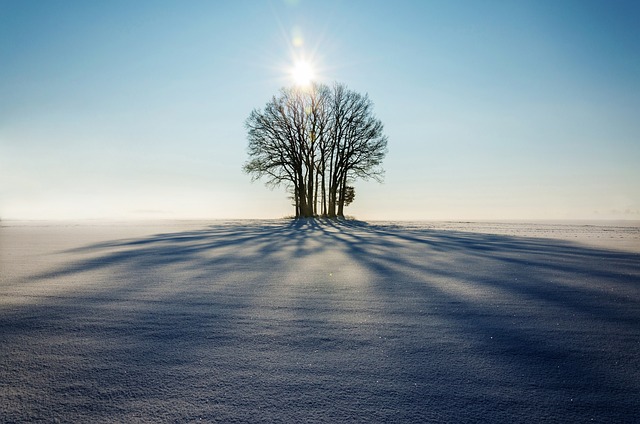
Shadows are simply areas where light is blocked. They are created when an object blocks the path of light. The size, shape, and darkness of a shadow depend on the size, shape, and distance of the object blocking the light.
When objects are close to each other, their shadows appear joined together. This is because the light doesn’t have time to spread out before it is blocked.
types of shadows
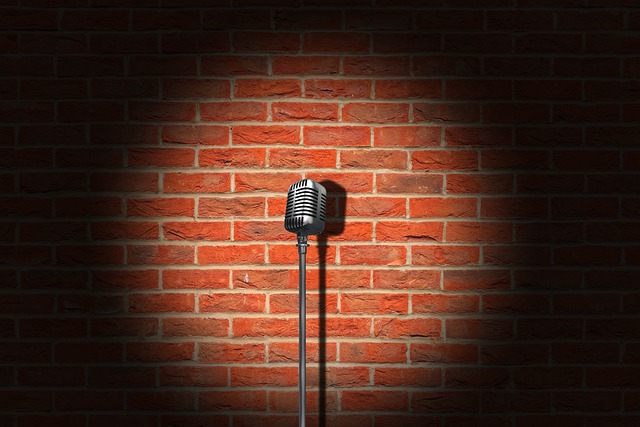
There are two types of shadows: hard shadows and soft shadows. Hard shadows have sharp edges and well-defined borders. They are created when strong light hits a small object close to the light source.
Soft shadows have fuzzy edges and indistinct borders. They are created when weak light hits a large object far from the light source or when multiple light sources hit an object from different angles.
How shadows are created
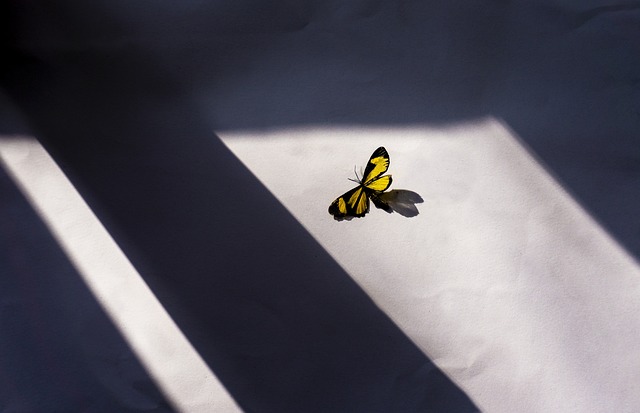
Shadows are created when an object blocks the path of light. The size, shape, visibility, and direction of a shadow depend on the position of the object relative to the light source and the nature of the surface onto which the shadow is cast.
Hard Shadows
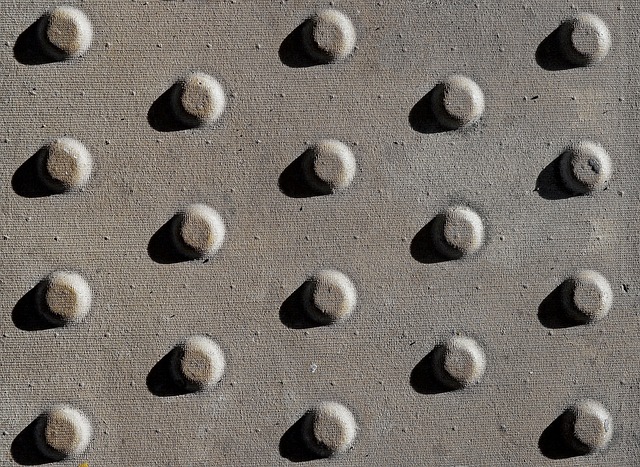
Benefits of Hard Shadows:
- Hard shadows can add drama to a photo.
- Hard shadows can help create a sense of depth.
- Hard shadows can be used to highlight important details in a photo.
- Hard shadows can add contrast to a photo.
Drawbacks of Hard Shadows:
- Hard shadows can make a subject look harsh.
- Hard shadows can make a photo look too busy.
- Hard shadows might hide details that you want to show.
soft shadows
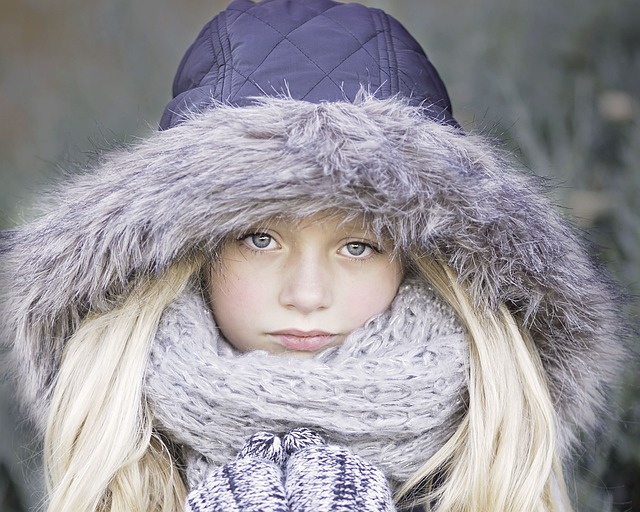
Benefits of Soft Shadows:
- Soft shadows can enhance the shape of a person's face.
- Soft shadows can add a feeling of warmth and welcome.
- Soft shadows create a natural feel in photos.
Drawbacks of Soft Shadows:
- Soft shadows might not offer as much detail in photos.
- Soft shadows may lack contrast.
- Soft shadows may create a photo with no distinctive part(s).
- Soft shadows may create a photo with no sense of depth.
using shadows to create moods
Shadows can be used to create different moods in photos.
For example, if you want to create a feeling of mystery or suspense, you might use shadows to obscure part of the image.
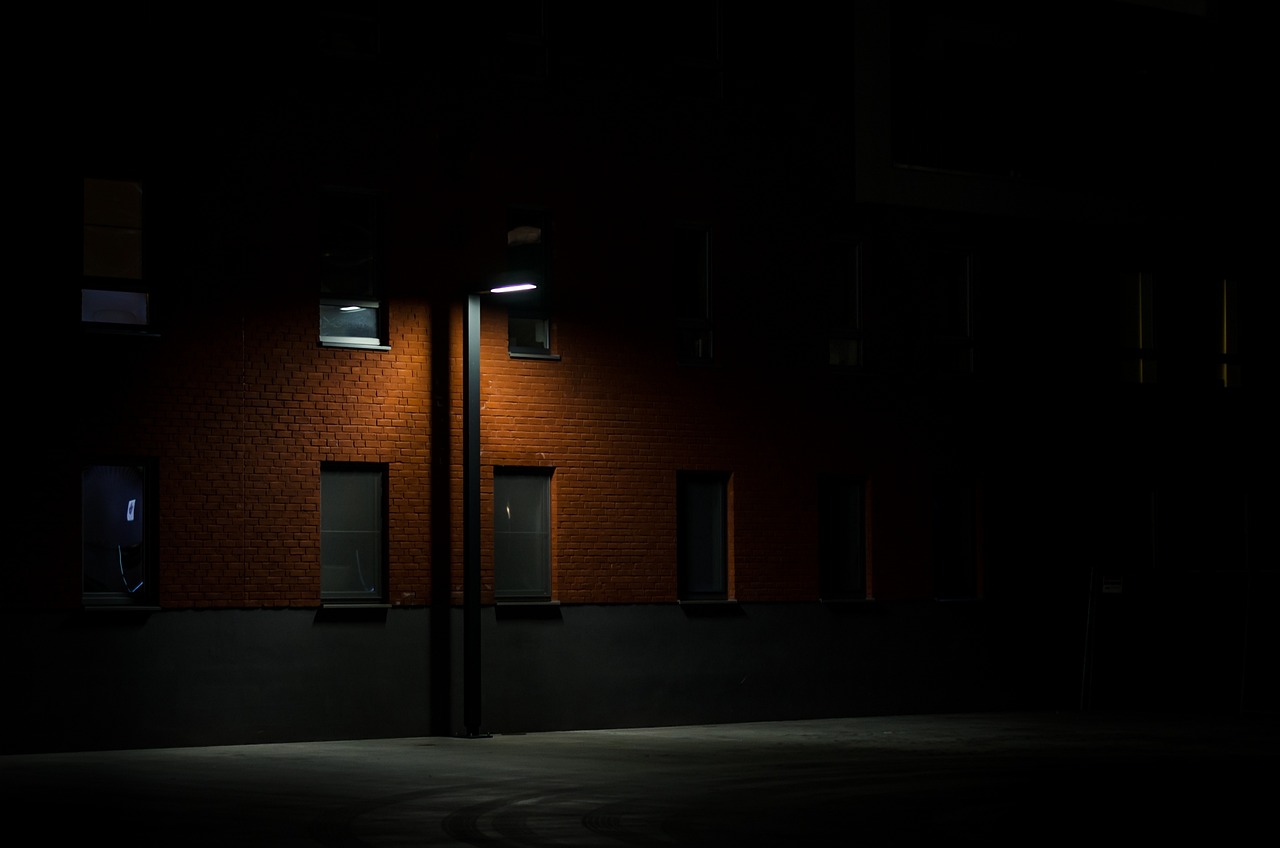
If you want to create a feeling of calm or serenity, you might use soft shadows.
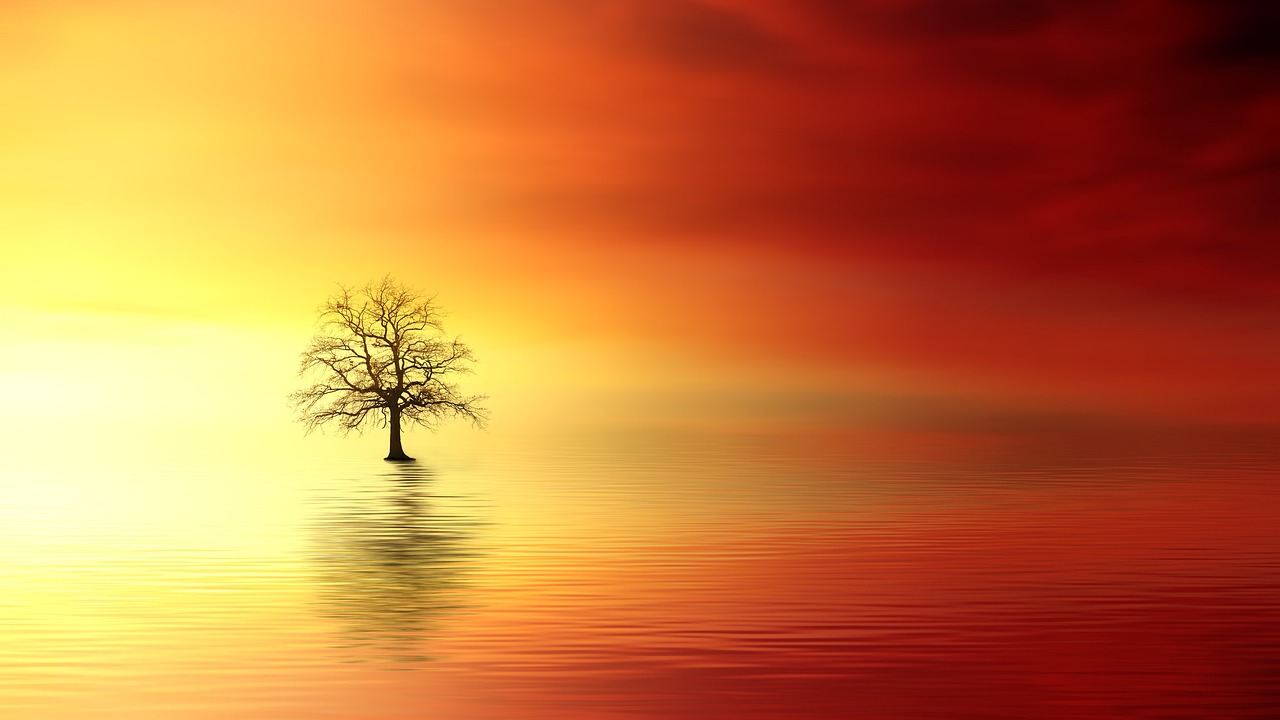
You can use shadows to direct attention to the subject of a photo.
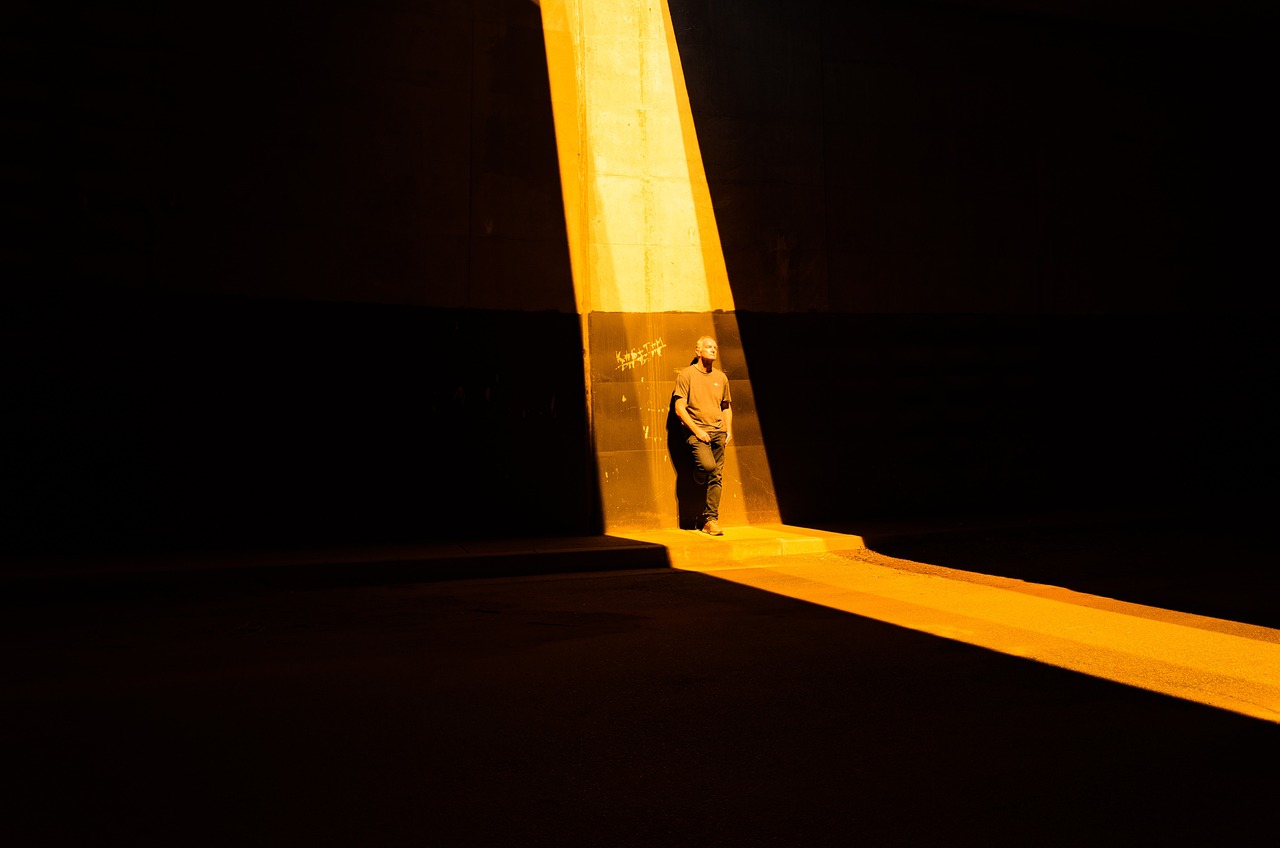
Photos with less shadows have more light and that means more details are more visible within the photo.
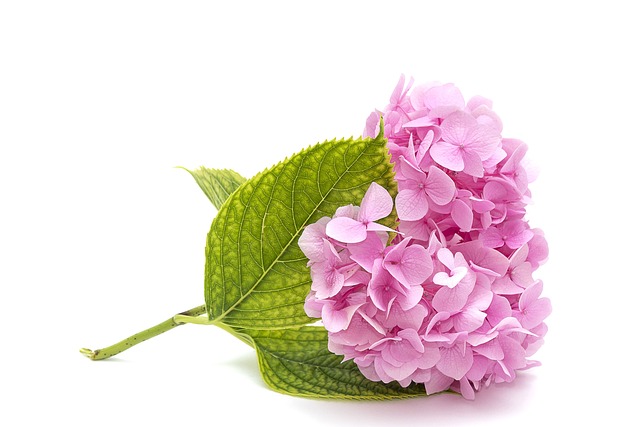
Fog, mist, and clouds can diffuse sunlight to create soft shadows.
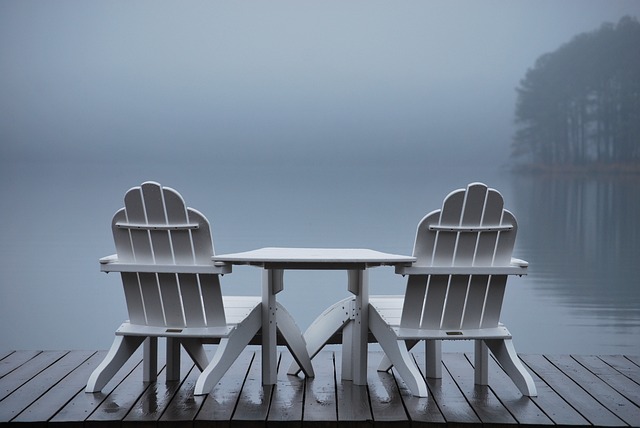
Mid-day sunlight will create hard shadows with clear and distinct edges.
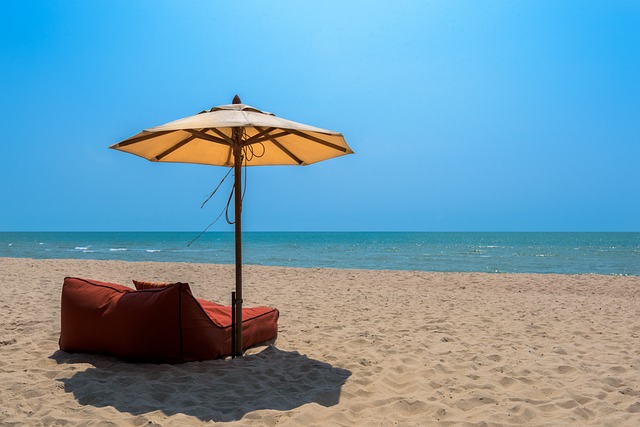
conclusion
In this post we have explored how to use shadows to create mood in photography. We have also learned about how various factors such as position and type of light source affect shadow creation .
By understanding these principles, you can begin to experiment with using shadows in your own photography in order to create interesting effects .
Photography is all about experimentation , so don't be afraid to try new things! With time and practice , you'll develop your own unique style . Thanks for reading!
Photography lesson plans pack (Printables)
Jump right into teaching photography with our exclusive Photography Lesson Plans pack.
Includes:
- 10 Photography Lesson Plans
- 1 Teacher's Guide
- 3 Photography Study Guides
- 30-Day Photography Challenge
- 1 Student Workbook
- 24 Cut-Out Photo Flash Cards
- 1 Photo Scavenger Hunt
